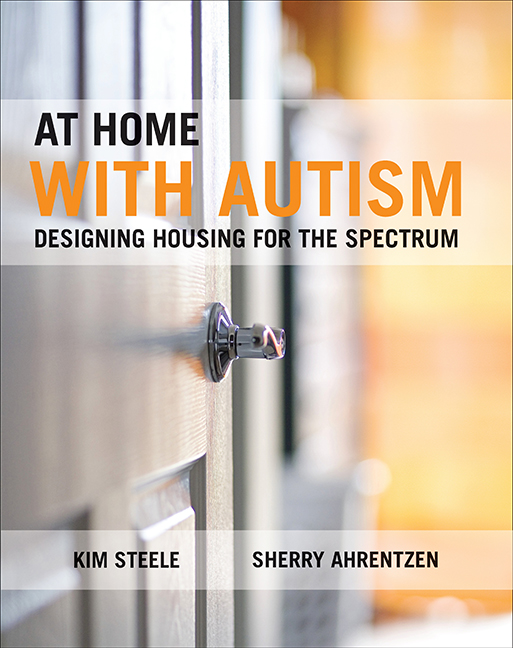Book contents
- Frontmatter
- Dedication
- Contents
- Figures and tables
- Abbreviations
- Terminology
- About the authors
- Acknowledgments
- one Introduction
- two A research-informed approach for housing design
- three Quality of life design goals
- four Design guidelines
- five On the horizon
- References
- Appendix: Research and information sources used in developing goals and guidelines
- Chapter Four image sources
- Index
two - A research-informed approach for housing design
Published online by Cambridge University Press: 01 September 2022
- Frontmatter
- Dedication
- Contents
- Figures and tables
- Abbreviations
- Terminology
- About the authors
- Acknowledgments
- one Introduction
- two A research-informed approach for housing design
- three Quality of life design goals
- four Design guidelines
- five On the horizon
- References
- Appendix: Research and information sources used in developing goals and guidelines
- Chapter Four image sources
- Index
Summary
The modern evidence-based (EB) movement in medicine began in the 1990s to advance “the conscientious, explicit and judicious use of current best evidence in making decisions about the care of the individual patient. The practice…means integrating individual clinical expertise with the best available external clinical evidence from systematic research” (Sackett et al, 1996). In other words, doctors and healthcare professionals would make decisions about treatments – if, which, and how they should be applied – based on the best available research, one's clinical or professional experience, and how it suited a patient's clinical state, predicament, preference, and choice (Sackett et al, 2000) (see Figure 2.1). Formalizing this movement was the formation of the Cochrane Collaboration in 1993, which today is an international network of over 31,000 people whose mission is to systematically identify, evaluate and summarize scientific evidence for specific healthcare treatments or practices.
The EB approach in medicine eventually morphed into other fields: public health, nursing, social work, criminal justice, management, education, among others. In addition to the Cochrane Collaboration, other professional organizations established assessment criteria and procedures for identifying evidence and effective interventions in respective fields and professions. With a legacy of empirical research and funding over the past several decades, researchers and practitioners in these fields have been able to assemble extensive portfolios of research studies that shape evidence-based practices (EBP).
What appeared as clear-cut definitions and thresholds for EB medicine, however, often becomes a quagmire in other fields. What constitutes “evidence,” for example, and are there different types? How does one evaluate “best” when alternatives are few? What criteria are used to judge whether one technique is “better” than another? Does “evidence” constitute only empirical investigations? Is evidence allowed only when the outcomes are measurable and observable? How do we base decisions when non-measurable outcomes – such as the homelike “feel” of a place compared to an institutional one – are issues at hand? How does one proceed when there is insufficient research or evidence?
We wrestled with these fundamental questions when trying to lay an evidencebased foundation for the design guidance in this book.
- Type
- Chapter
- Information
- At Home with AutismDesigning Housing for the Spectrum, pp. 29 - 40Publisher: Bristol University PressPrint publication year: 2015



